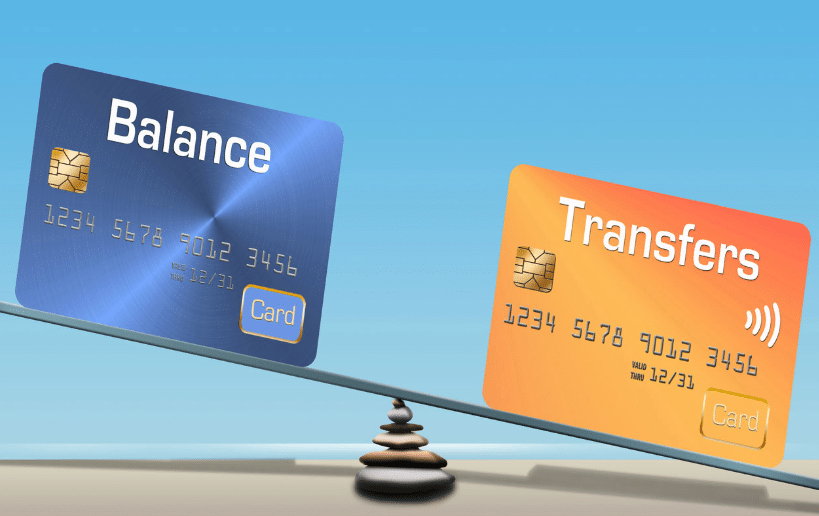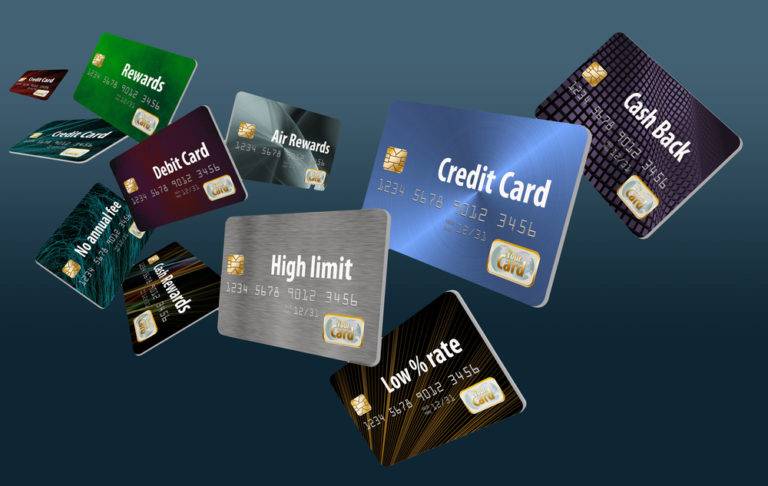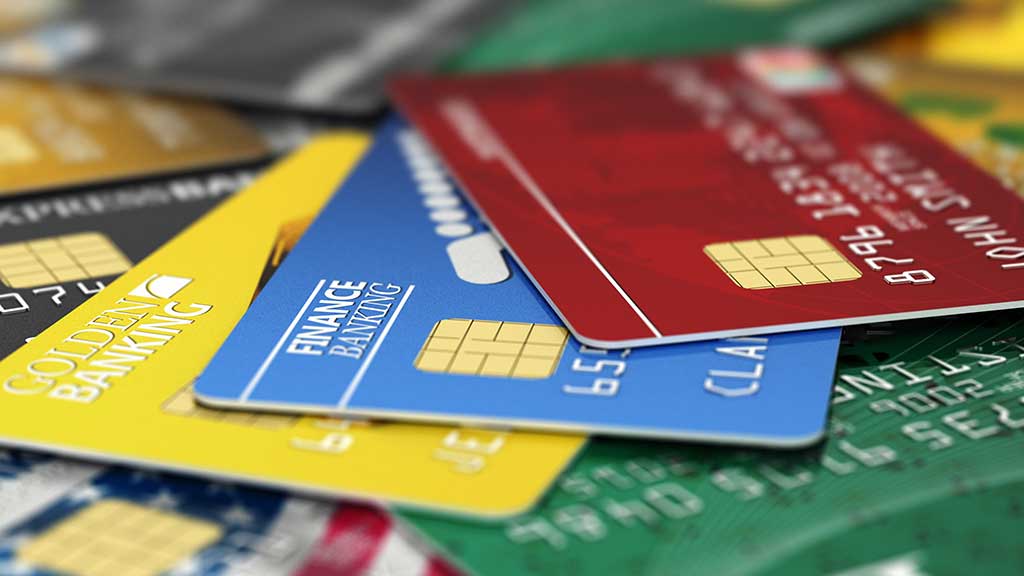
Zero percent credit cards with no transfer fee can be a game-changer for consumers looking to manage debt or make large purchases without accruing interest. These cards offer a tempting introductory period where you can transfer balances from high-interest credit cards or finance purchases without paying any interest. This period typically lasts for a set duration, after which the standard APR kicks in.

The absence of a transfer fee makes these cards even more appealing, as you can move your existing debt without incurring additional costs. This can significantly reduce your overall interest payments and help you pay off your debt faster.
Introduction to Zero Percent Credit Cards

Zero percent credit cards are a popular financial tool that offers consumers a temporary period where they can make purchases without accruing interest charges. This attractive feature makes them a compelling option for individuals looking to manage debt, finance large purchases, or simply save money on interest.
The appeal of zero percent credit cards lies in the potential to avoid significant interest costs. By utilizing the introductory zero percent period wisely, consumers can pay off their balance before interest starts accruing, saving them substantial amounts of money.
Duration of the Introductory Zero Percent Period
The duration of the introductory zero percent period varies significantly between different credit card issuers. Typically, these periods range from six months to 21 months. However, it’s crucial to note that the introductory zero percent period is just that – introductory. Once this period expires, a standard interest rate will apply to any remaining balance.
Common Situations Where Zero Percent Credit Cards Are Advantageous
Zero percent credit cards can be particularly advantageous in several common situations:
- Consolidating High-Interest Debt: Transferring balances from high-interest credit cards to a zero percent credit card can help reduce interest charges and accelerate debt repayment.
- Making Large Purchases: For major purchases like home renovations, furniture, or appliances, a zero percent credit card can provide a temporary interest-free financing option.
- Paying for Unexpected Expenses: In cases of unexpected medical bills, car repairs, or other unforeseen expenses, a zero percent credit card can offer a convenient and affordable way to manage costs.
Benefits of Zero Percent Credit Cards with No Transfer Fee
Zero percent credit cards with no transfer fee offer a unique opportunity for consumers to save money and manage their debt effectively. These cards provide a period of interest-free financing, allowing individuals to pay off existing debt without accruing additional interest charges. The absence of a transfer fee further enhances the benefits, making it a cost-effective solution for debt consolidation and financial management.
Saving Money with No Transfer Fees
Transferring balances from high-interest credit cards to a zero percent card can significantly reduce interest expenses. The absence of a transfer fee eliminates an upfront cost that can offset the potential savings. This makes the transfer process more appealing and cost-effective, allowing consumers to maximize their savings. For example, transferring a $5,000 balance from a card with a 20% APR to a zero percent card with no transfer fee could save hundreds of dollars in interest charges over the introductory period.
Consolidating Debt and Reducing Interest Charges
Zero percent credit cards with no transfer fee provide a valuable tool for debt consolidation. By transferring multiple high-interest debts to a single card with a zero percent APR, individuals can simplify their debt management and reduce their overall interest burden. This strategy allows consumers to focus on paying down the consolidated balance without incurring additional interest charges, ultimately leading to faster debt repayment and improved financial stability.
Zero Percent Credit Cards Offer a Grace Period for Debt Repayment
These cards provide a grace period, typically ranging from 12 to 18 months, during which no interest is charged on transferred balances. This grace period gives consumers ample time to pay down their debt without accruing interest. The absence of interest charges during this period allows individuals to allocate more of their payments towards principal, accelerating the debt repayment process.
Understanding the Terms and Conditions

It’s crucial to carefully review the terms and conditions of any zero percent credit card before applying, as they can contain important information about potential fees and penalties. Failing to do so could lead to unexpected costs and a less favorable financial outcome.
Potential Hidden Fees and Penalties
Understanding the potential hidden fees and penalties associated with zero percent credit cards is essential to avoid surprises and make informed decisions.
- Balance Transfer Fees: These fees are charged when you transfer a balance from another credit card to your new zero percent card. While many cards advertise “no transfer fees,” they may still charge a percentage of the transferred balance as a fee.
- Annual Fees: Some zero percent cards have annual fees, which are charged every year for having the card. This can negate the benefits of the introductory zero percent period if the annual fee is high enough.
- Late Payment Fees: If you miss a payment on your zero percent credit card, you may be charged a late payment fee. These fees can add up quickly, especially if you have multiple missed payments.
- Over-Limit Fees: If you exceed your credit limit, you may be charged an over-limit fee. This can occur if you make a purchase that pushes your balance above the limit or if you have a balance transfer that increases your balance.
- Cash Advance Fees: If you use your zero percent credit card to withdraw cash, you may be charged a cash advance fee. This fee is usually a percentage of the amount withdrawn, and it often comes with a higher interest rate than regular purchases.
Impact of Exceeding the Introductory Zero Percent Period, Zero percent credit cards with no transfer fee
It’s essential to understand what happens after the introductory zero percent period ends.
After the introductory period, the interest rate on your balance will revert to the card’s standard APR (Annual Percentage Rate). This APR can be significantly higher than the introductory zero percent rate, making it more expensive to carry a balance on your card.
For example, a card with a zero percent introductory period for 12 months might have a standard APR of 18%. If you haven’t paid off your balance within the 12 months, you’ll start accruing interest at 18% on your remaining balance. This can quickly lead to a large amount of interest charges if you’re unable to pay off the balance promptly.
Final Summary

Zero percent credit cards with no transfer fee can be a valuable tool for managing debt and saving money. However, it’s crucial to understand the terms and conditions, including the introductory period, potential fees, and the impact of exceeding the grace period. By using these cards responsibly and sticking to a repayment plan, you can maximize their benefits and avoid accruing unnecessary debt.
Commonly Asked Questions: Zero Percent Credit Cards With No Transfer Fee
What are the common introductory periods for zero percent credit cards?
Introductory periods for zero percent credit cards typically range from 6 to 18 months, depending on the card issuer and your creditworthiness.
What happens after the introductory period ends?
Once the introductory period ends, the standard APR, which can be significantly higher, applies to your remaining balance.
Are there any other fees associated with these cards?
While these cards don’t have transfer fees, they might have other fees like annual fees, late payment fees, or balance transfer fees for subsequent transfers.
How can I find the right zero percent credit card for my needs?
Compare different cards based on APR, introductory period, annual fee, rewards program, and eligibility requirements to find the best fit for your situation.





